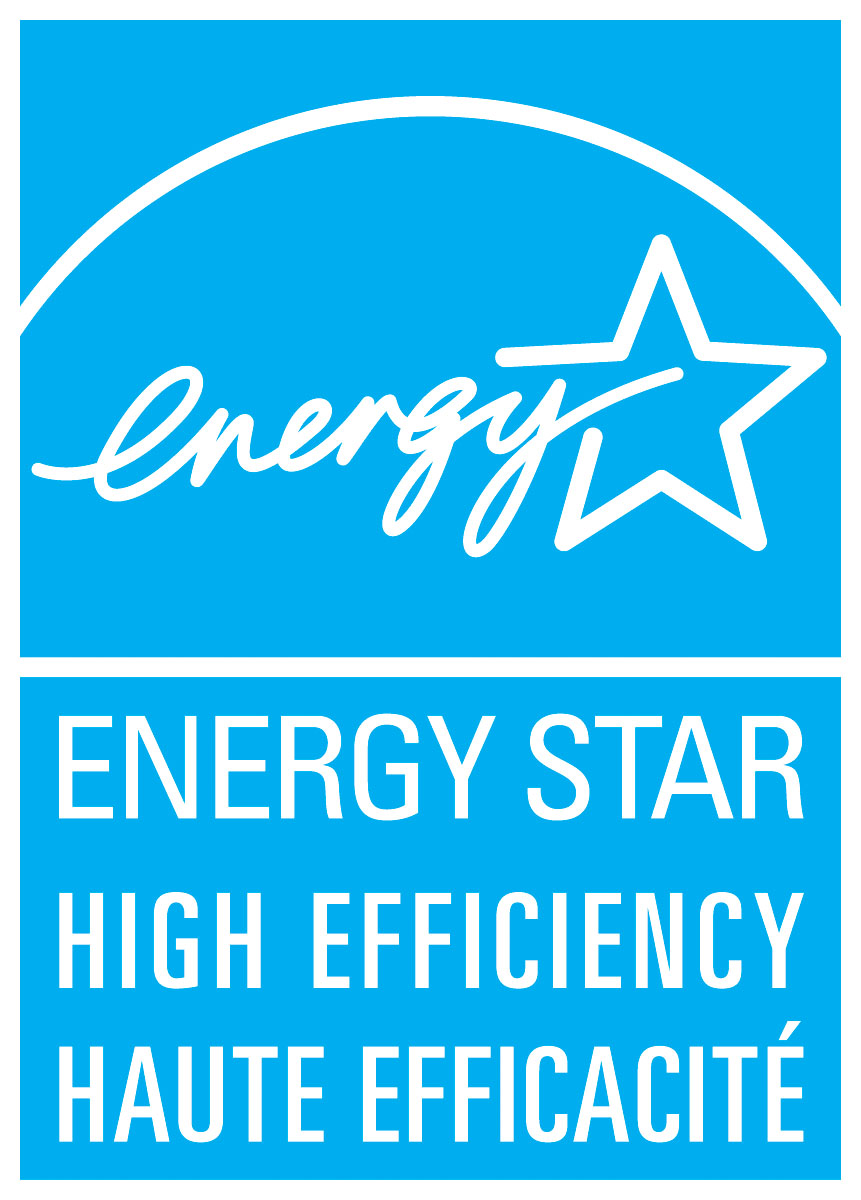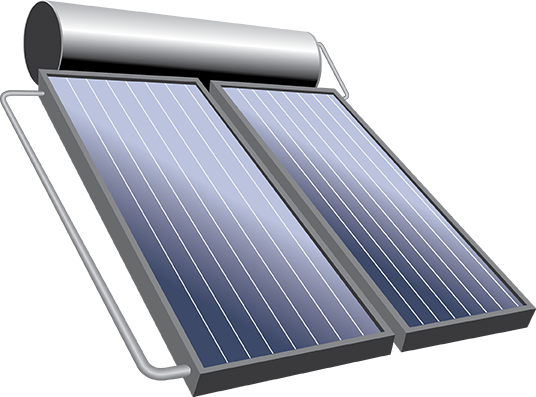
Buy ENERGY STAR® to save you money!
An ENERGY STAR certified solar water heater (solar domestic hot water system, or SDHW system) uses a remarkable 60% less energy, on average, than a standard model. In Canada, a SDHW system can provide up to 60 percent of the hot water for an average home, depending on local climate and typical hot water use. Saving energy saves money and reduces your carbon footprint.
There are different types of solar domestic hot water (SDHW) systems available. In most of Canada, for year-round water heating, it is important to pick a system that can be protected from freezing. SDHW systems come in a variety of designs with different types of collectors and circulation systems.
Key features
- Longer life expectancy than other models.
- Generally designed for use with an electric or gas back-up water heater.
- For year-round use in most of Canada, solar water systems typically use antifreeze in the collectors instead of water. A freeze-protected system will generate hot water even when the mercury dips well below zero.

Start your research using the ENERGY STAR Product Finder tool to find and compare certified water heaters (NOTE: you will be redirected to the US ENERGY STAR website. Make sure to click “Solar with Electric Backup” or “Solar with Gas Backup” under “Type” when searching.)
Helpful tips
- Contact a solar contractor or manufacturer who can assess your site, provide recommendations, install a system, then perform periodic maintenance.
- Plan ahead for your next water heater replacement, and you will have time to research and select the best technology before it becomes an emergency replacement.
- Don’t forget about maintenance, both inside and outside. Hire a qualified contractor for annual maintenance inspections, and consult your owner’s manual for information on other regular maintenance you can do on your own.
- Learn more in our booklet Water Heater Guide.
Types
There are different types of solar domestic hot water (SDHW) systems available. In most of Canada, for year-round water heating, it is important to pick a system that can be protected from freezing.
SDHW systems come in a variety of designs with different types of collectors and circulation systems.
Collectors
- Evacuated tube collectors are the most efficient collectors available. They can work well in temperatures as low as -40°C (-40°F) and in overcast conditions. Each tube works like a thermos. Individual tubes can be replaced as needed. These collectors can cost twice as much per square foot as flat plate collectors.
- Flat-plate collectors typically consist of copper tubes fitted to flat absorber plates. The flat plate assembly is contained within an insulated box, and covered with tempered glass. Two collectors provide roughly half of the hot water needed to serve a family of four.
- Batch collectors, also called Integrated Collector-Storage (ICS) systems, heat water in dark tanks or tubes within an insulated box, storing water until drawn. These collectors are incompatible with closed-loop circulation systems. Thus, they are generally not recommended for cold climates.
Circulation systems
- Closed-loop, or indirect, systems use a non-freezing liquid (antifreeze) to transfer heat from the sun to water in a storage tank. The sun heats the fluid in the solar collectors. The fluid passes through a heat exchanger in the storage tank, transferring the heat to the water. The non-freezing fluid then cycles back to the collectors. These systems make sense in freezing climates.
- Direct systems circulate water through solar collectors. The heated water is then stored in a tank, sent to a tankless water heater, or used directly. Freeze protection is necessary in cold climates.
- Active systems use electric pumps, valves and controllers to move heated water from the collectors to the storage tank. These are common in Canada.
- Passive systems require no pumps. Natural convection moves water from the collectors to the storage tank as it heats up.
Other terms
- A solar preheat unit typically has one tank that stores solar heat and another tank connected to a conventional water heater—or, in some cases, a tankless water heater.
The ENERGY STAR Promise
All ENERGY STAR certified products are tested to meet strict efficiency specifications and are certified by an independent third party. They perform the same as or better than standard products without compromising performance in any way.
The ENERGY STAR name and symbol are trademarks registered in Canada by the United States Environmental Protection Agency and are administered and promoted by Natural Resources Canada.